Home>Home Appliances>Heating & Cooling>How To Add Central Air To Forced Air Heating
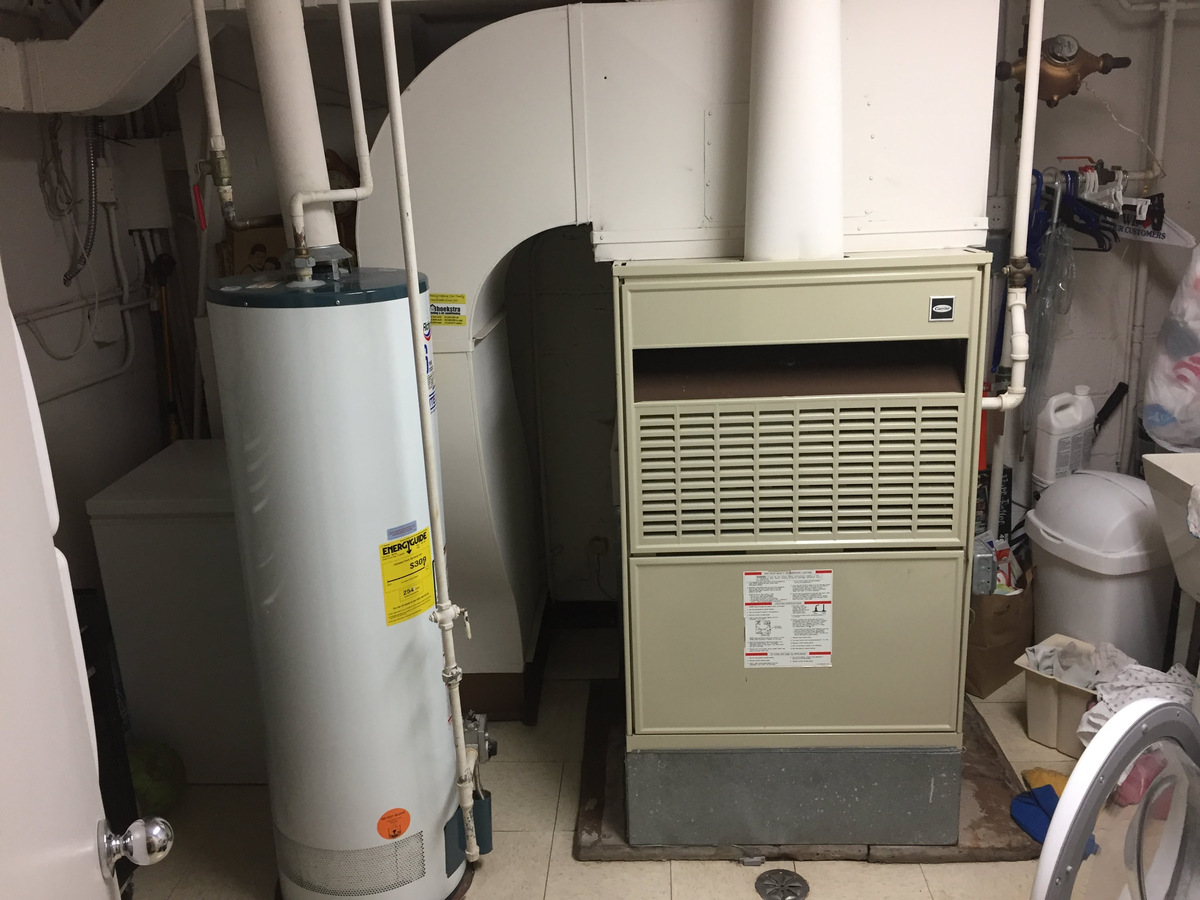

Heating & Cooling
How To Add Central Air To Forced Air Heating
Modified: August 28, 2024
Learn how to upgrade your home's heating and cooling system by adding central air to your existing forced air heating. Improve comfort and efficiency today!
(Many of the links in this article redirect to a specific reviewed product. Your purchase of these products through affiliate links helps to generate commission for Storables.com, at no extra cost. Learn more)
Introduction
Adding central air to a forced air heating system can significantly enhance the comfort and air quality of your home. By integrating a central air conditioning system with your existing forced air heating setup, you can enjoy consistent temperature control throughout your living space, regardless of the season. This comprehensive guide will walk you through the process of integrating central air with your forced air heating system, providing valuable insights and practical tips to help you achieve a seamless and efficient cooling solution for your home.
The integration of central air with forced air heating offers numerous benefits, including the ability to regulate indoor temperatures with precision, reduce humidity levels, and improve overall air circulation. This combination also allows for the use of a single set of ducts and vents, minimizing the need for additional infrastructure and optimizing space utilization within your home.
As you embark on this project, it's essential to consider various factors such as the size and layout of your home, the existing heating system, and your specific cooling requirements. By carefully evaluating these elements, you can make informed decisions and select the most suitable central air system to complement your forced air heating setup.
Throughout this guide, we will delve into the key steps involved in adding central air to a forced air heating system, from assessing your current setup to selecting the right components and completing the installation process. By following these steps and leveraging the insights provided, you can effectively enhance the comfort and livability of your home while optimizing energy efficiency.
Whether you're looking to upgrade your home's cooling capabilities or seeking to create a more comfortable indoor environment, the integration of central air with forced air heating represents a valuable investment in your property. By understanding the intricacies of this process and leveraging the expertise shared in this guide, you can embark on this project with confidence, knowing that you are equipped with the knowledge and insights needed to achieve optimal results.
As we delve into the details of this integration process, you'll gain a deeper understanding of the considerations, challenges, and opportunities associated with adding central air to a forced air heating system. With a clear roadmap and expert guidance at your disposal, you'll be well-prepared to embark on this transformative home improvement journey.
Key Takeaways:
- Upgrade your home’s comfort and air quality by adding central air to your forced air heating system. Enjoy consistent temperature control, reduced humidity, and improved air circulation for a more comfortable indoor environment.
- Carefully assess your home’s layout and existing heating system before choosing the right central air system. Proper installation and maintenance are crucial for optimal performance and long-term efficiency.
Assessing Your Current System
Before embarking on the process of adding central air to your forced air heating system, it's crucial to conduct a comprehensive assessment of your existing setup. This evaluation will provide valuable insights into the compatibility of your current heating system with the integration of central air conditioning, allowing you to make informed decisions and streamline the installation process.
Begin by examining the layout and design of your home, paying close attention to the distribution of vents, ductwork, and the location of your heating system. Assess the condition and capacity of your current ductwork, as it plays a pivotal role in facilitating the efficient circulation of both heated and cooled air throughout your home. Additionally, evaluate the size and insulation of your home, as well as the number and placement of windows, as these factors can influence the cooling requirements and overall effectiveness of the central air system.
Next, consider the specifications of your existing forced air heating system, including the type and capacity of the furnace or heat pump. Assess its age, efficiency rating, and overall condition to determine its compatibility with the integration of central air. It's essential to ensure that your heating system can accommodate the additional load imposed by the central air conditioning unit, as this will impact its performance and longevity.
Evaluate the electrical system to verify its capacity to support the installation of a central air conditioning unit. Adequate electrical supply is crucial for powering the air handler, condenser, and associated components of the central air system. If necessary, consult with a qualified electrician to assess and address any electrical upgrades required to support the seamless integration of central air with your forced air heating system.
Furthermore, consider the available space for housing the air handler and condenser unit. Assess the outdoor area for the installation of the condenser, ensuring that it is positioned in a well-ventilated and accessible location. Additionally, evaluate the indoor space for accommodating the air handler, ensuring that it can be integrated into your existing ductwork without compromising airflow or obstructing other essential components.
By conducting a thorough assessment of your current system, you can gain a comprehensive understanding of the factors that will influence the integration of central air with your forced air heating setup. This knowledge will empower you to make informed decisions, address potential challenges, and optimize the compatibility and efficiency of your combined heating and cooling system.
Choosing the Right Central Air System
Selecting the appropriate central air system is a critical step in the process of integrating it with your forced air heating setup. The right system will not only ensure optimal cooling performance but also complement the existing heating infrastructure, resulting in a harmonious and efficient home climate control solution.
Begin by assessing the cooling requirements of your home, taking into account factors such as its size, layout, insulation, and the number of windows. This evaluation will help determine the cooling capacity needed to maintain comfortable indoor temperatures throughout your living space. The cooling capacity is measured in British Thermal Units (BTUs) and should align with the specific needs of your home to avoid over or under-sizing the central air system.
Consider the energy efficiency of the central air system, as this will have a direct impact on your long-term operating costs and environmental footprint. Look for units with high Seasonal Energy Efficiency Ratio (SEER) ratings, indicating superior energy efficiency. A higher SEER rating signifies lower energy consumption, translating to potential savings on utility bills while reducing your home's overall energy consumption.
Evaluate the compatibility of the central air system with your existing forced air heating setup. Ensure that the air handler and condenser unit are compatible with your current ductwork and furnace or heat pump. This compatibility is essential for seamless integration and optimal airflow distribution throughout your home.
Assess the noise levels produced by the central air system. Look for units equipped with advanced sound-dampening technology to minimize operational noise, ensuring a quieter and more comfortable indoor environment. Additionally, consider the warranty coverage offered by the manufacturer, as it provides assurance and protection against potential defects or malfunctions.
Consult with HVAC professionals to gain insights into the latest technological advancements and innovative features available in central air systems. This collaborative approach can help you make informed decisions and select a system that aligns with your specific cooling needs, budget, and long-term sustainability goals.
By carefully considering these factors and leveraging expert guidance, you can confidently choose the right central air system to integrate with your forced air heating setup. This strategic selection will lay the foundation for a reliable, energy-efficient, and seamlessly integrated home climate control solution, enhancing the overall comfort and livability of your home.
Installing the Ductwork
The installation of ductwork is a pivotal phase in the process of integrating central air with a forced air heating system. Properly designed and installed ductwork is essential for facilitating the efficient distribution of cooled air throughout your home, ensuring consistent comfort in every room.
Begin by assessing the existing ductwork to determine its condition, capacity, and compatibility with the central air system. If your home already has ductwork in place for the forced air heating system, it may be feasible to repurpose or modify it to accommodate the additional airflow required for the central air conditioning. However, if modifications are necessary, it's crucial to enlist the expertise of HVAC professionals to ensure that the alterations align with industry standards and optimize airflow dynamics.
Evaluate the layout and design of your home to determine the most effective routing for the new ductwork. Consider factors such as the location of interior walls, the presence of obstructions, and the accessibility of ceiling or floor cavities for duct placement. This assessment will guide the strategic placement of ducts to maximize airflow efficiency while minimizing visual impact on your living space.
Select high-quality duct materials that are durable, well-insulated, and compliant with industry standards for air distribution. Opt for insulated ducts to minimize energy loss and condensation buildup, promoting efficient cooling performance and preventing temperature differentials within the ductwork.
Ensure proper sizing of the ductwork to match the cooling capacity of the central air system and the specific airflow requirements of each room. This involves calculating the appropriate duct diameter, branch configurations, and register placements to achieve balanced airflow and consistent cooling throughout your home.
Once the design considerations are finalized, proceed with the installation of the ductwork, adhering to best practices for sealing, securing, and insulating the ducts. Proper sealing is essential for preventing air leaks, while secure fastening and insulation contribute to efficient airflow and thermal performance.
Throughout the installation process, prioritize precision and attention to detail to ensure that the ductwork seamlessly integrates with your existing forced air heating system. By leveraging the expertise of HVAC professionals and adhering to industry best practices, you can achieve a well-executed ductwork installation that forms the backbone of a reliable and efficient central air conditioning system.
Adding the Air Handler and Condenser
The addition of the air handler and condenser represents a pivotal phase in the integration of central air with a forced air heating system. These components play a crucial role in the cooling process, facilitating the circulation of cooled air throughout your home while expelling heat to the exterior environment.
Begin by identifying an optimal location for the air handler within your home. The air handler, which contains the evaporator coil and blower, is typically installed in a utility area such as a basement, attic, or dedicated mechanical room. This location should provide easy access for maintenance while minimizing operational noise within your living spaces.
Once the air handler's placement is determined, proceed with its installation, ensuring that it seamlessly integrates with your existing ductwork. The air handler should be securely mounted and connected to the ducts, forming a cohesive network for the distribution of cooled air. Additionally, prioritize the proper insulation of the air handler to minimize energy loss and enhance its overall efficiency.
Simultaneously, assess the outdoor space for the installation of the condenser unit. The condenser, which houses the compressor and condenser coil, plays a pivotal role in dissipating heat from the refrigerant, allowing it to transition from a gaseous to a liquid state. Select a location that offers ample airflow and ventilation, ensuring optimal heat dissipation and operational performance.
Once the installation site is determined, proceed with the placement and anchoring of the condenser unit. It should be positioned on a stable and level surface, such as a concrete pad, to minimize vibration and ensure long-term stability. Additionally, verify that the condenser unit is clear of obstructions and debris, allowing for unrestricted airflow and efficient heat exchange.
Following the installation of the air handler and condenser, proceed with the electrical and refrigerant line connections. These connections should be executed with precision and in compliance with industry standards to ensure safe and reliable operation. Engage the expertise of qualified HVAC professionals to handle the electrical and refrigerant line connections, prioritizing safety and adherence to regulatory guidelines.
By meticulously adding the air handler and condenser, you lay the foundation for a robust and efficient central air conditioning system. These components, when seamlessly integrated with your forced air heating system, will deliver consistent and reliable cooling performance, enhancing the overall comfort and livability of your home.
Read more: What Is Oil Forced Air Heating?
Connecting to the Thermostat
The connection of the central air system to the thermostat is a crucial step in the integration process, as it enables seamless control and regulation of indoor temperatures. The thermostat serves as the command center for both the heating and cooling systems, allowing you to set and adjust the desired temperature levels with precision and convenience.
Begin by identifying the appropriate thermostat for your integrated heating and cooling system. Select a thermostat that is compatible with both the forced air heating and central air conditioning components, ensuring seamless communication and coordination between the two systems. Consider advanced thermostat models equipped with programmable settings, Wi-Fi connectivity, and energy-saving features to optimize comfort and efficiency.
Once the thermostat is selected, proceed with its installation in a central and easily accessible location within your home. This strategic placement ensures convenient access for temperature adjustments while facilitating the accurate sensing of indoor temperature conditions. Follow the manufacturer's guidelines and wiring diagrams to connect the thermostat to the central air system, ensuring proper alignment with the designated terminals for heating and cooling functions.
Verify the compatibility of the thermostat wiring with the air handler and condenser units, ensuring that the connections align with industry standards and regulatory requirements. Prioritize the secure and insulated routing of thermostat wiring to prevent signal interference and ensure reliable communication between the thermostat and the central air system components.
Upon completing the wiring connections, proceed with the configuration and programming of the thermostat to synchronize its operation with the integrated heating and cooling systems. Set temperature schedules, establish comfort preferences, and leverage energy-saving features to optimize the overall performance and efficiency of your home climate control solution.
Test the functionality of the thermostat by adjusting temperature settings and verifying the corresponding operation of both the heating and cooling systems. Ensure that the thermostat accurately communicates with the central air system, triggering the desired responses and maintaining consistent comfort levels throughout your home.
By meticulously connecting the central air system to the thermostat, you establish a cohesive and responsive control interface for your integrated heating and cooling systems. This seamless integration empowers you to regulate indoor temperatures with precision, optimize energy efficiency, and enjoy enhanced comfort and convenience within your living space.
Consider hiring a professional to assess your current heating system and determine the best way to add central air. They can ensure the proper sizing and installation for efficient and effective cooling.
Testing and Maintenance
Once the integration of central air with your forced air heating system is complete, thorough testing and proactive maintenance are essential to ensure the optimal performance and longevity of your newly integrated home climate control solution. Testing serves to validate the functionality of the entire system, while maintenance activities are geared towards preserving its efficiency and addressing potential issues.
System Testing
Commence the testing phase by activating the central air system and assessing its cooling performance across different zones of your home. Verify that the air handler and condenser units are operating smoothly, with consistent airflow and temperature regulation. Monitor the distribution of cooled air through the ductwork, ensuring that each room receives adequate cooling based on the thermostat settings.
Conduct comprehensive temperature checks to confirm that the central air system effectively maintains the desired indoor temperatures, addressing any discrepancies or inefficiencies promptly. Additionally, assess the system's response to temperature adjustments and its ability to cycle on and off smoothly, reflecting its capacity to adapt to changing cooling demands.
Airflow and Duct Inspection
Inspect the airflow dynamics and ductwork for any signs of obstruction, leakage, or inefficiency. Ensure that the ducts are adequately insulated and sealed to prevent energy loss and maintain consistent airflow. Address any issues related to airflow imbalance or restricted distribution to optimize the cooling performance and energy efficiency of the system.
Read more: What Is An Advantage Of Forced Air Heating?
Thermostat Calibration
Verify the accuracy and responsiveness of the thermostat by testing its temperature sensing and control capabilities. Calibrate the thermostat settings as needed to align with your comfort preferences and optimize energy-saving features. Confirm that the thermostat effectively communicates with the central air system, triggering timely responses and maintaining precise temperature regulation.
Maintenance Protocols
Establish a proactive maintenance schedule to uphold the efficiency and reliability of your integrated heating and cooling system. This includes regular filter replacements, condenser coil cleaning, and inspection of electrical connections to ensure safe and efficient operation. Engage qualified HVAC professionals to perform routine maintenance tasks and address any potential issues that may arise.
Ongoing Monitoring
Implement a system for ongoing monitoring and performance evaluation, leveraging smart thermostat features and energy usage tracking to assess the system's efficiency. Monitor energy consumption patterns and cooling performance metrics to identify opportunities for optimization and potential issues that require attention.
By conducting thorough testing and implementing proactive maintenance measures, you can uphold the efficiency, reliability, and longevity of your integrated central air and forced air heating system. This diligent approach ensures that your home remains consistently comfortable and energy-efficient, reflecting the successful integration of these essential climate control components.
Frequently Asked Questions about How To Add Central Air To Forced Air Heating
Was this page helpful?
At Storables.com, we guarantee accurate and reliable information. Our content, validated by Expert Board Contributors, is crafted following stringent Editorial Policies. We're committed to providing you with well-researched, expert-backed insights for all your informational needs.
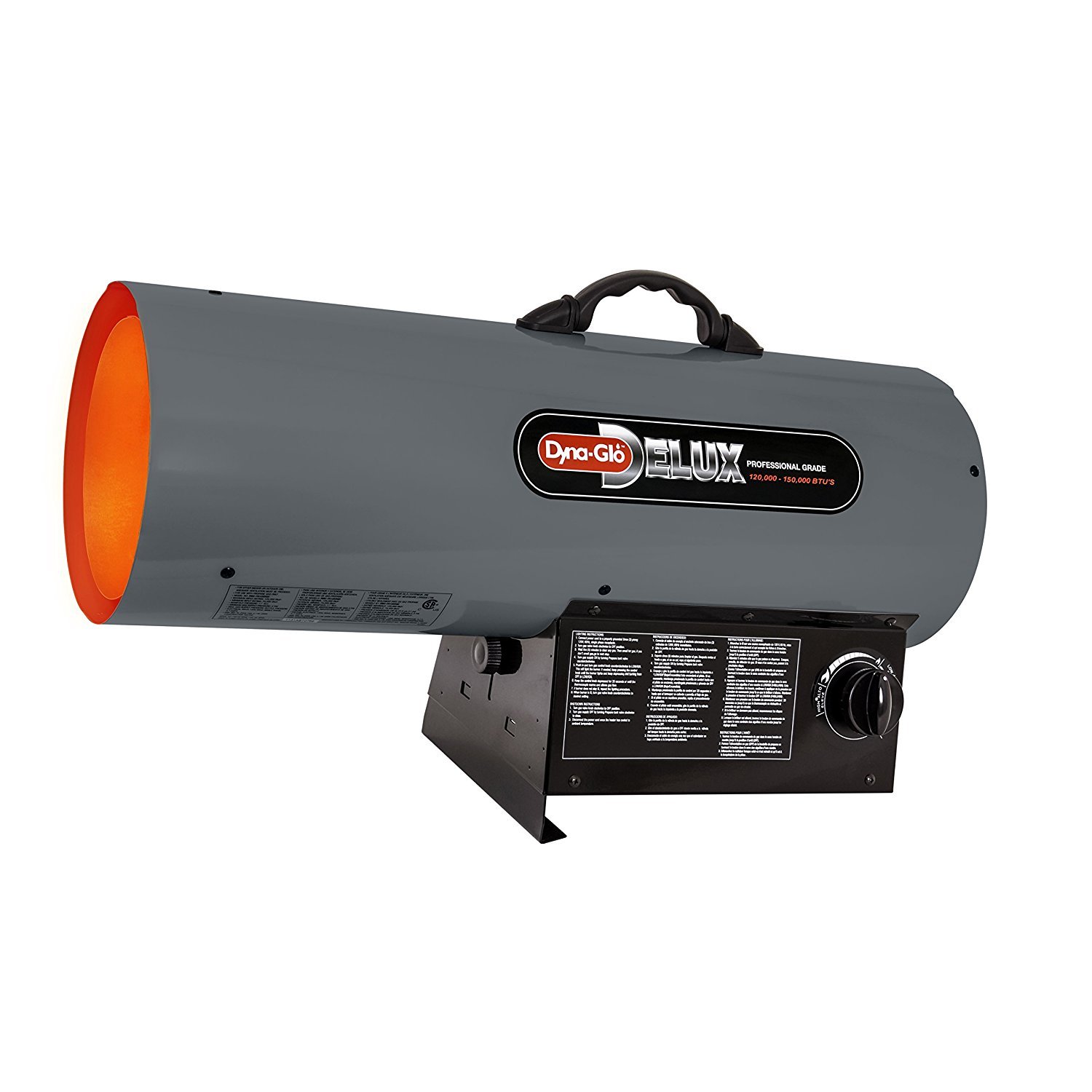
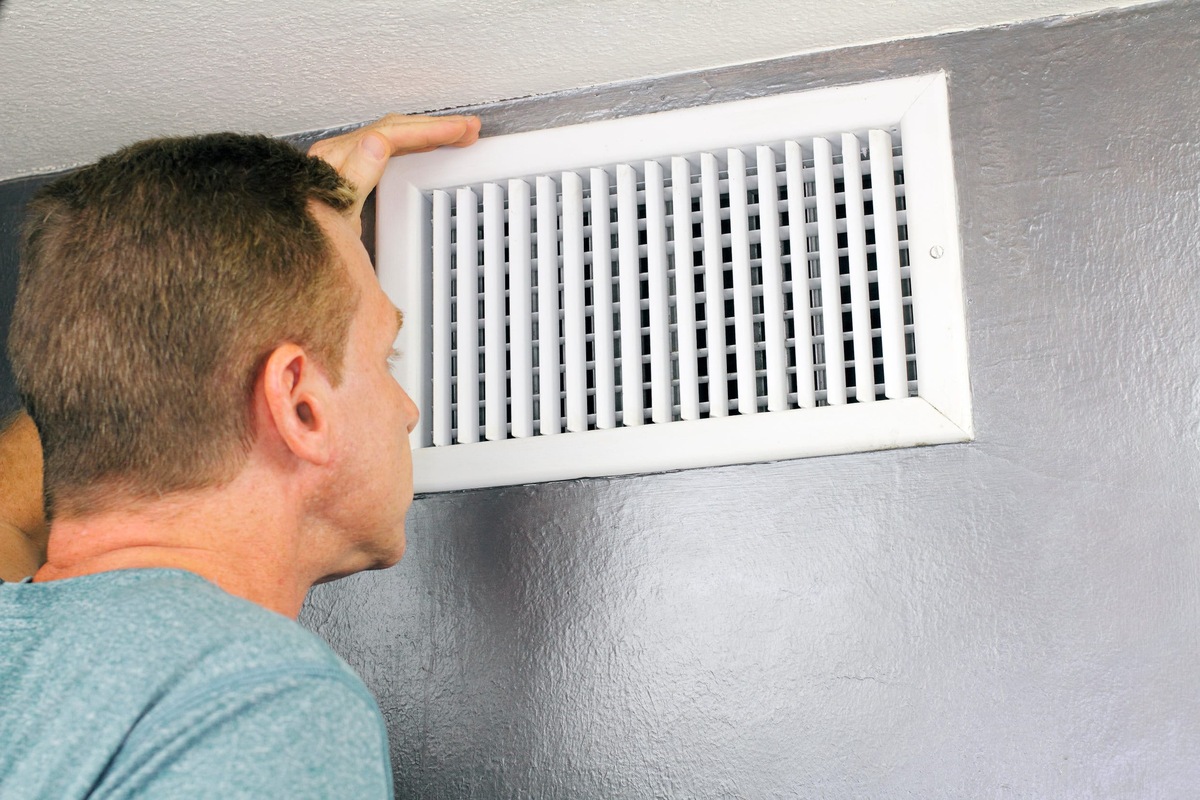
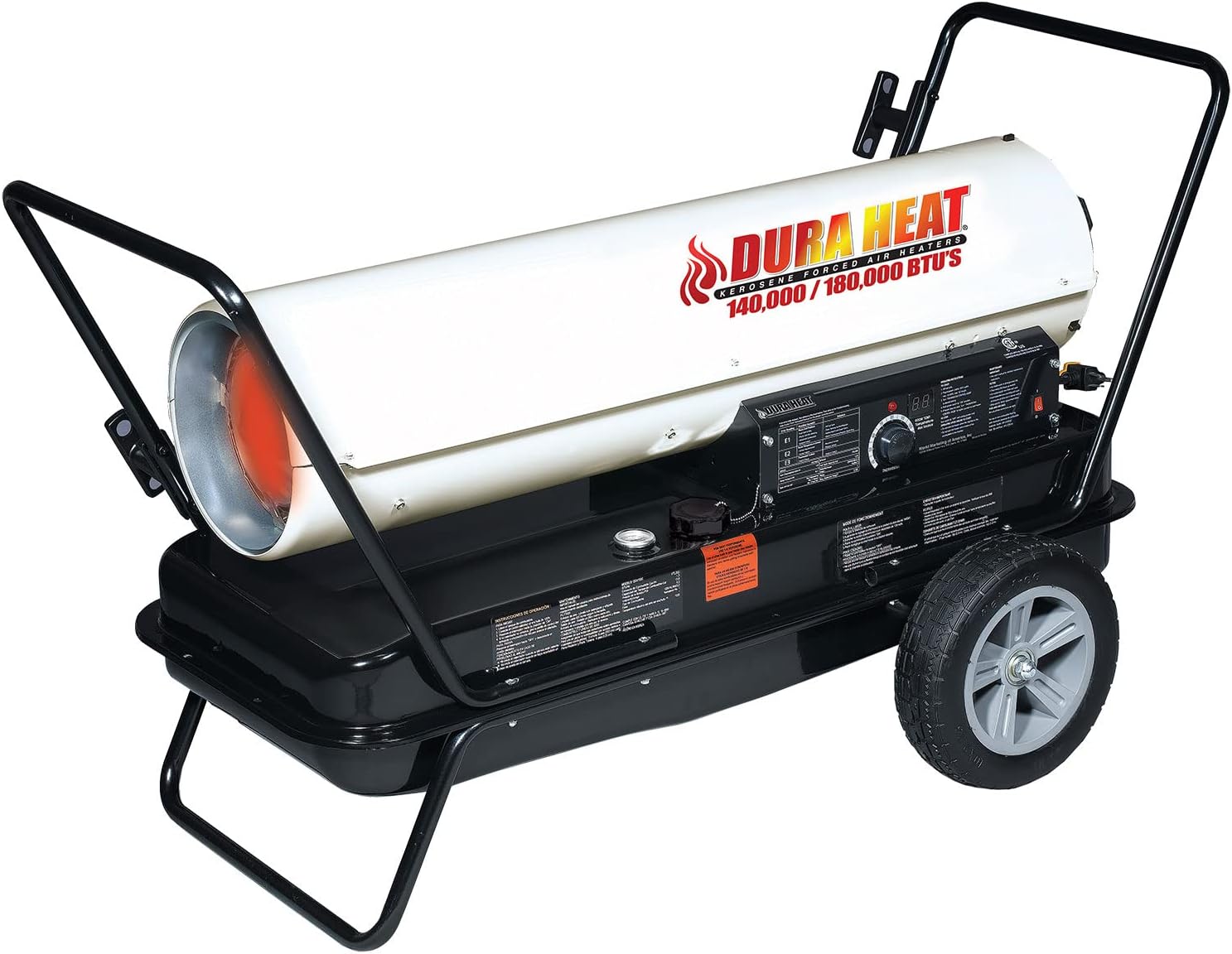

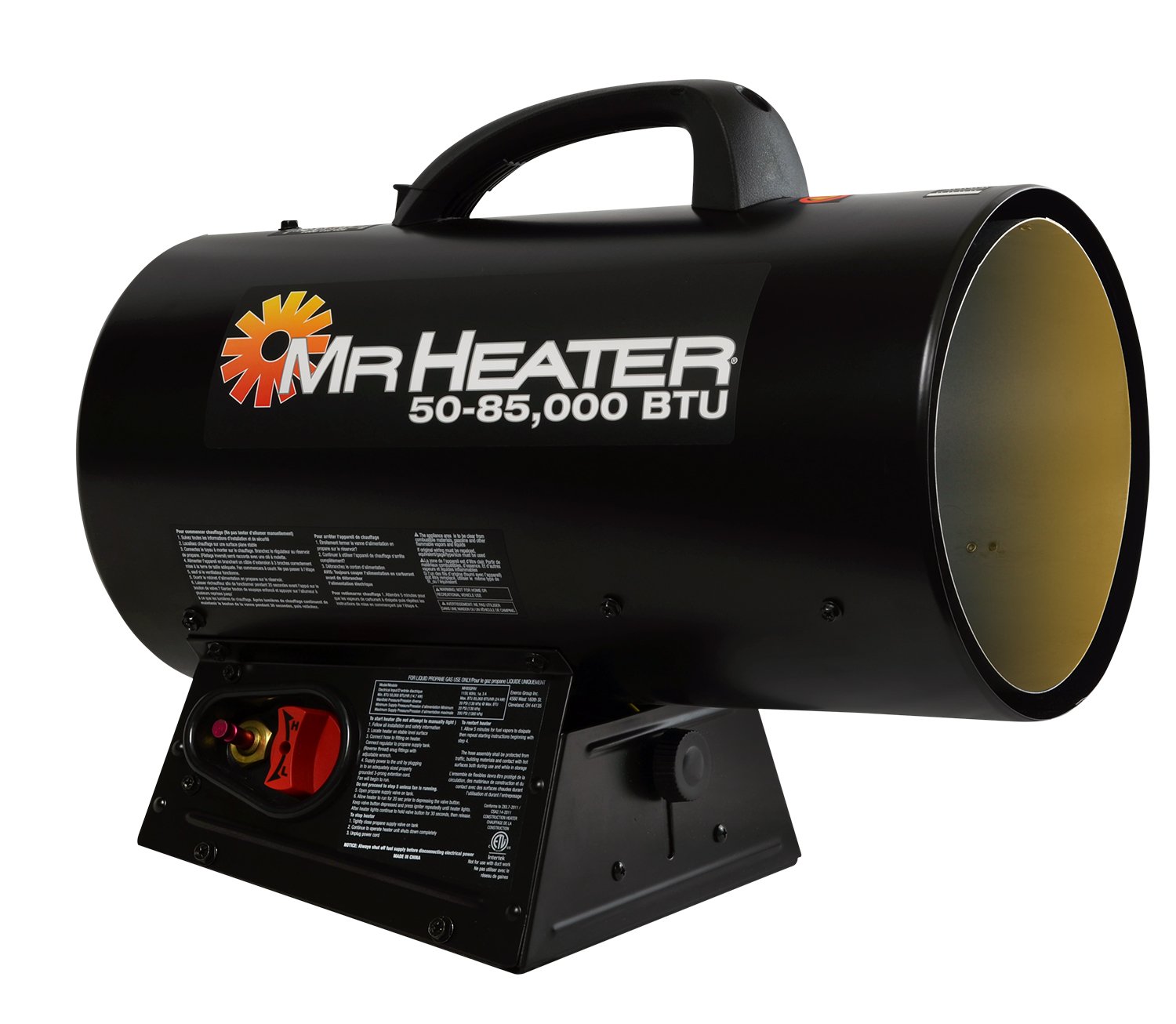
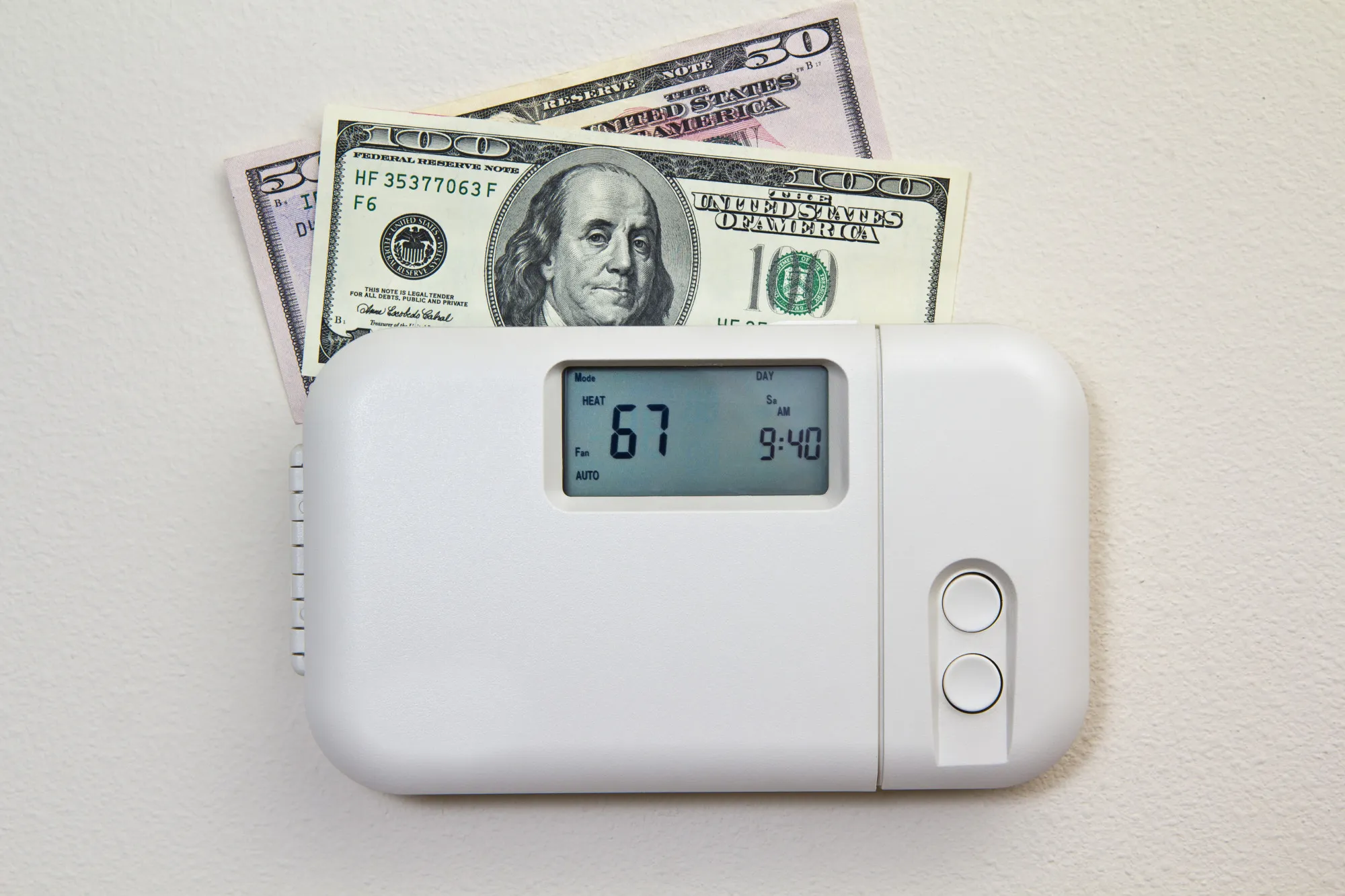
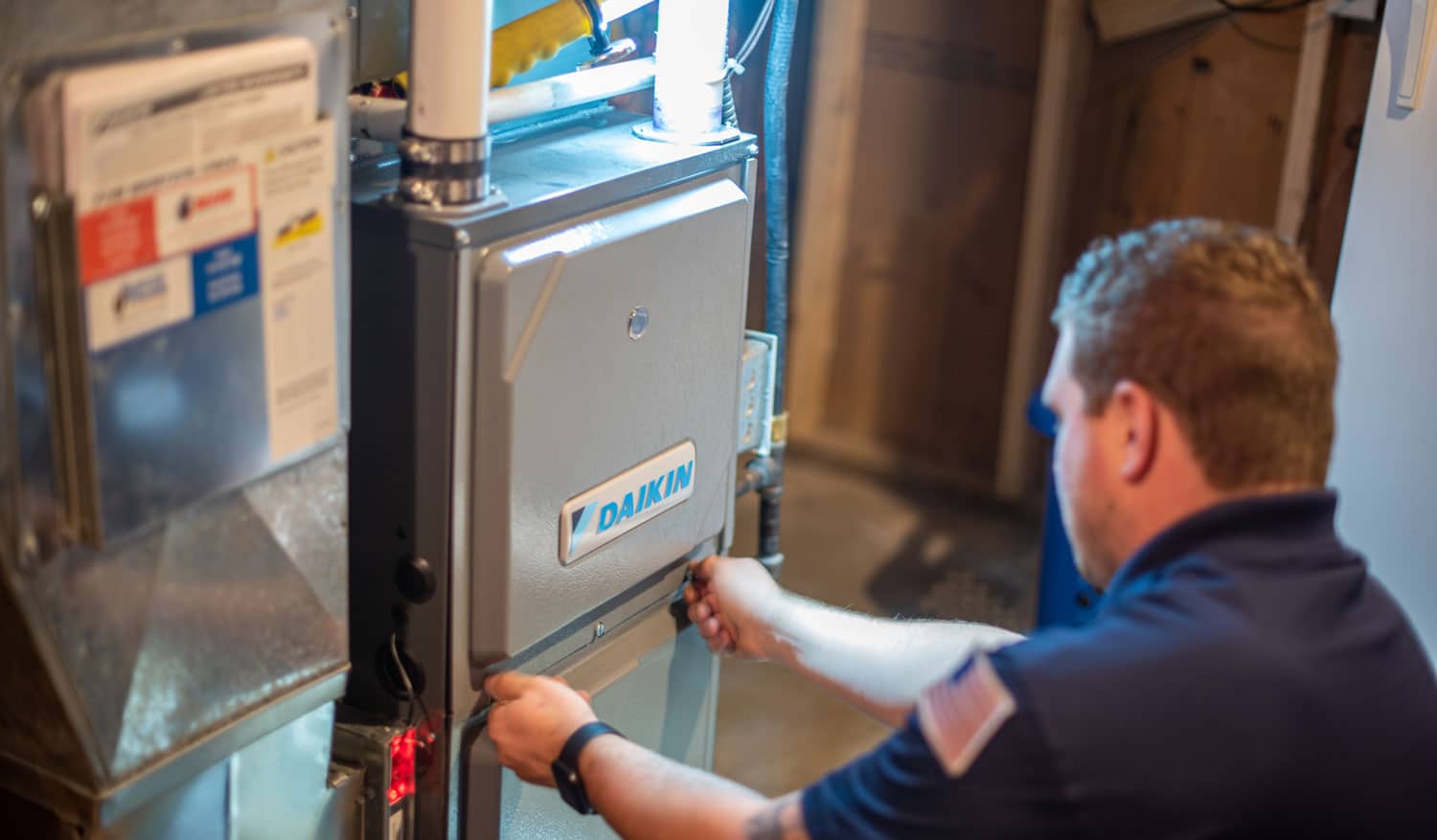
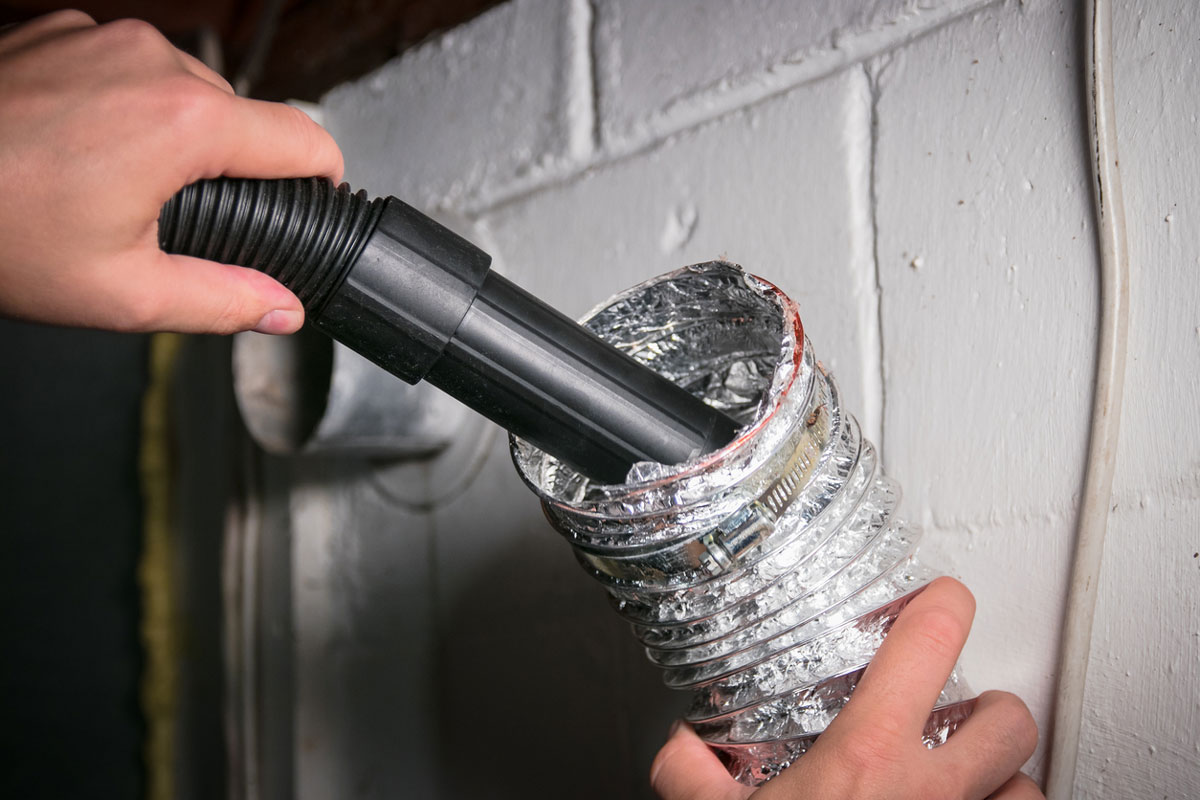
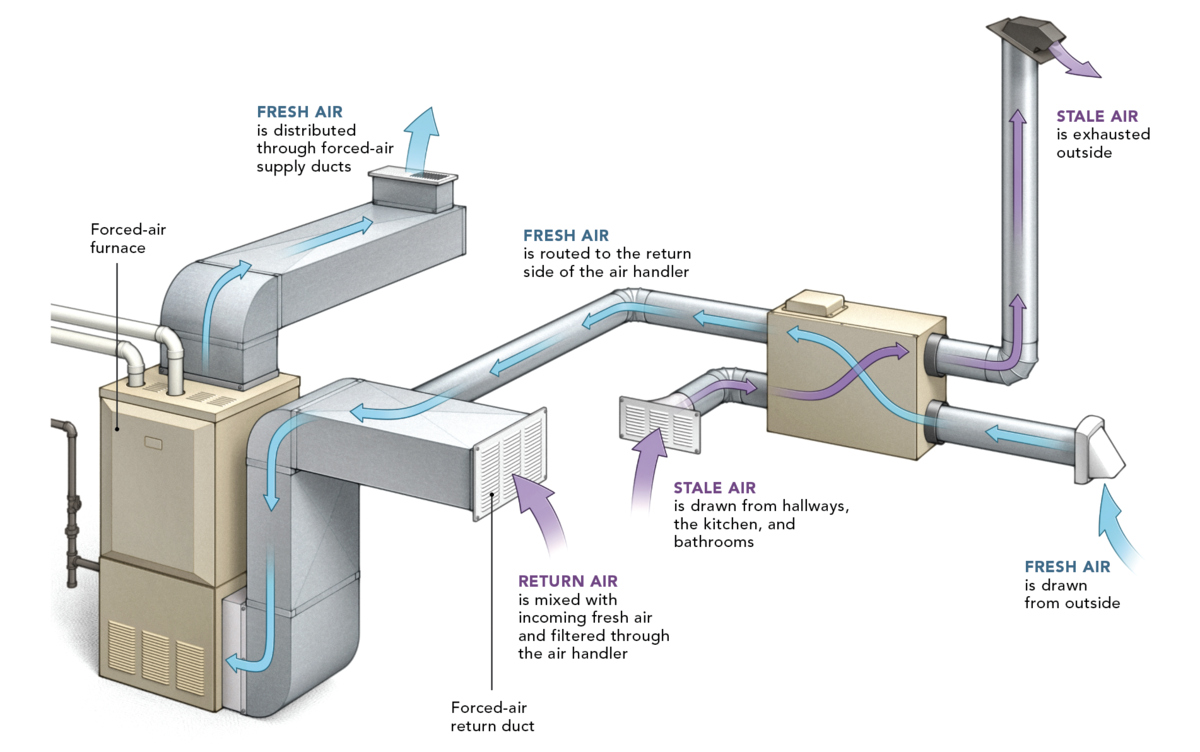
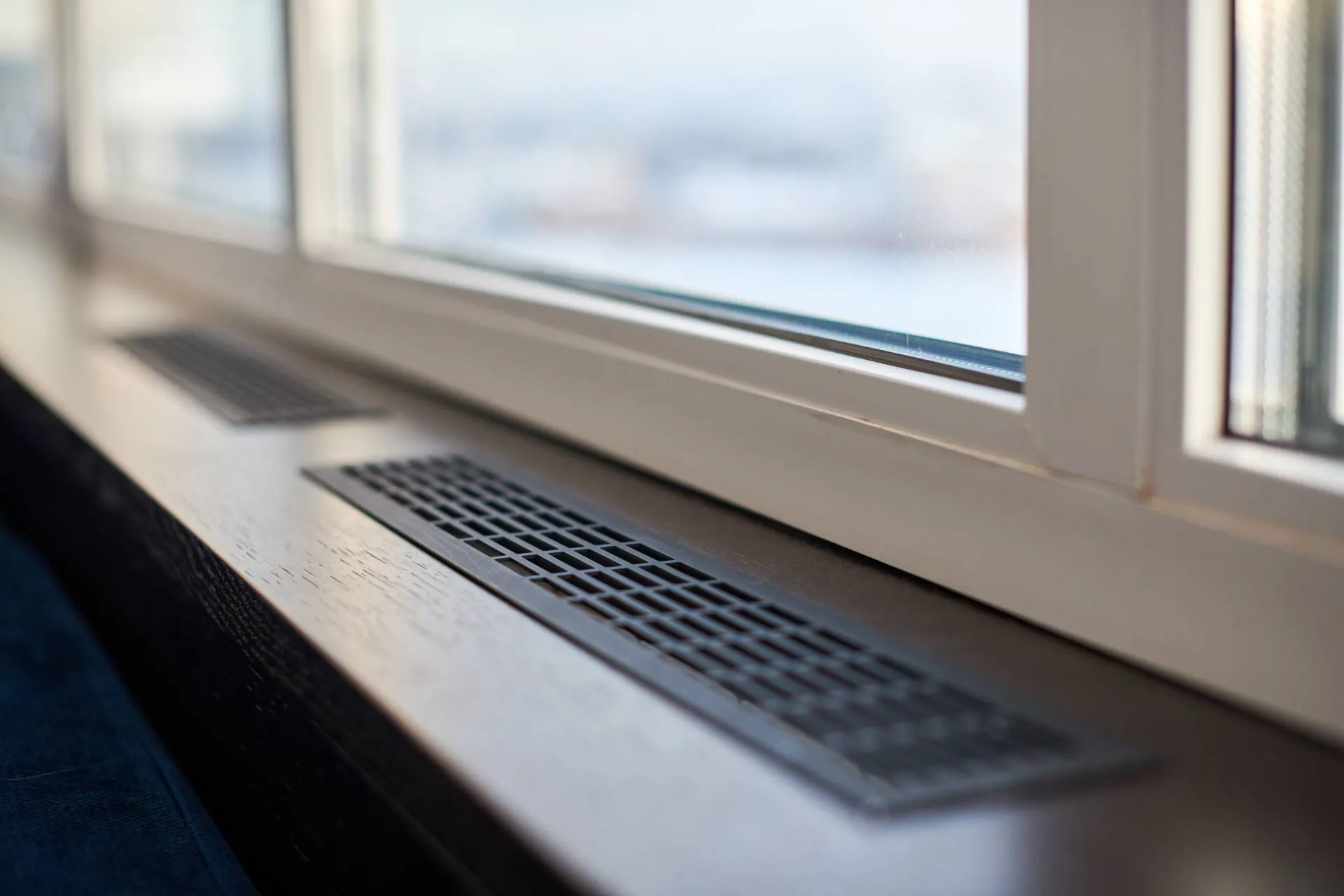
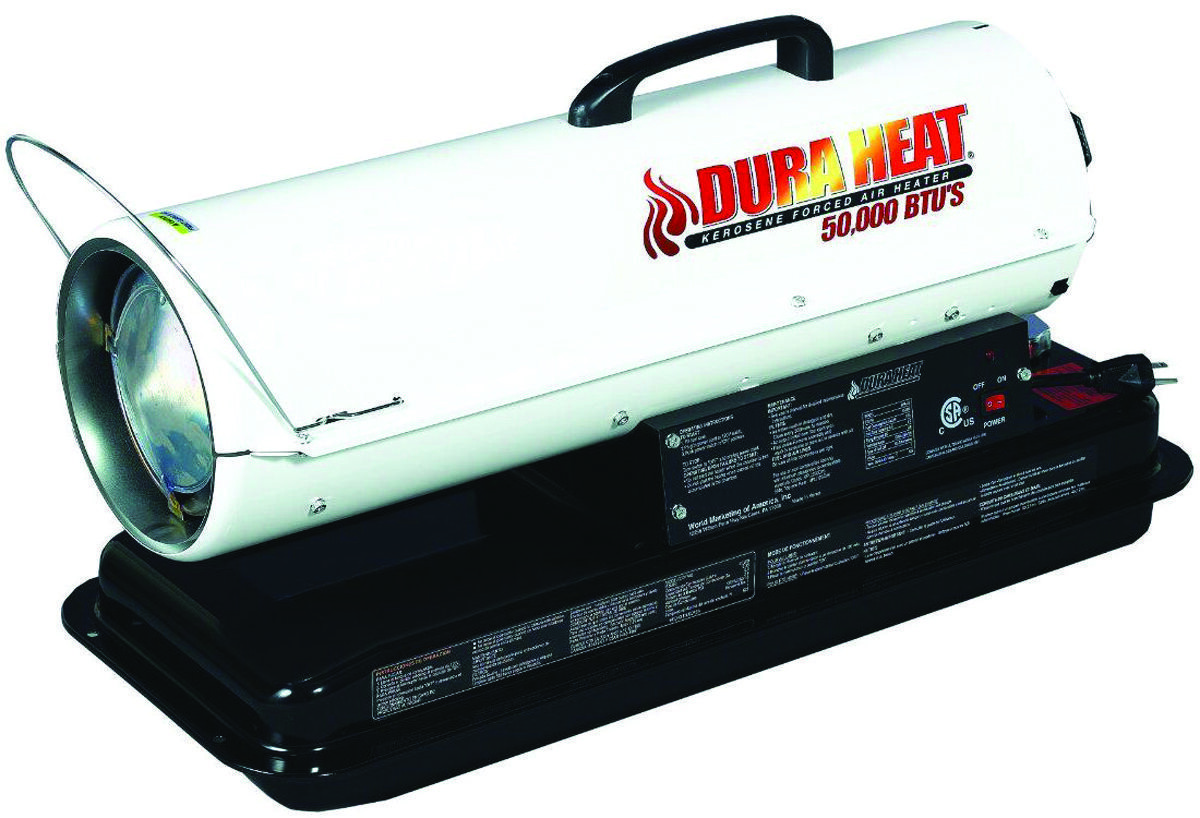
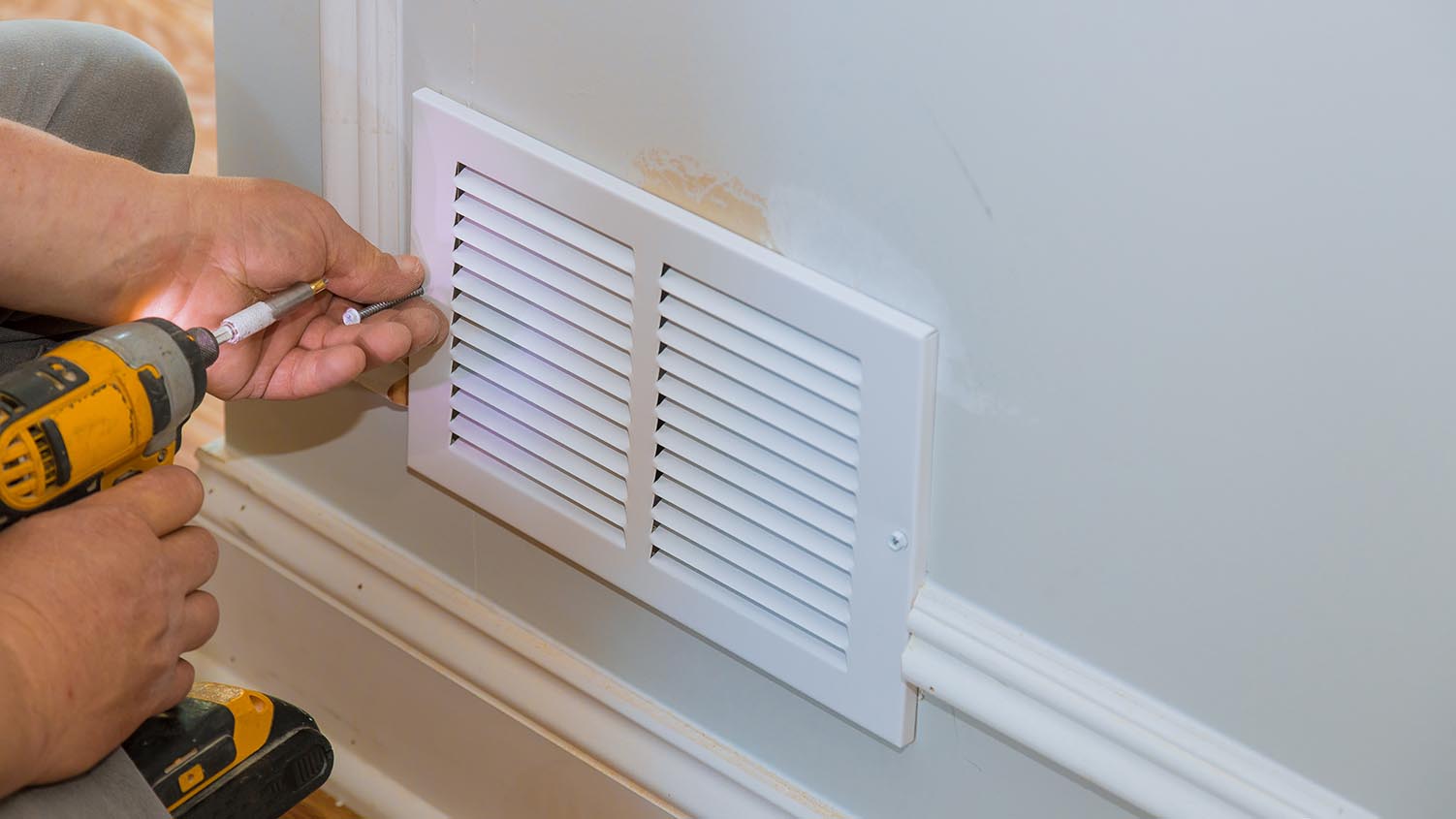
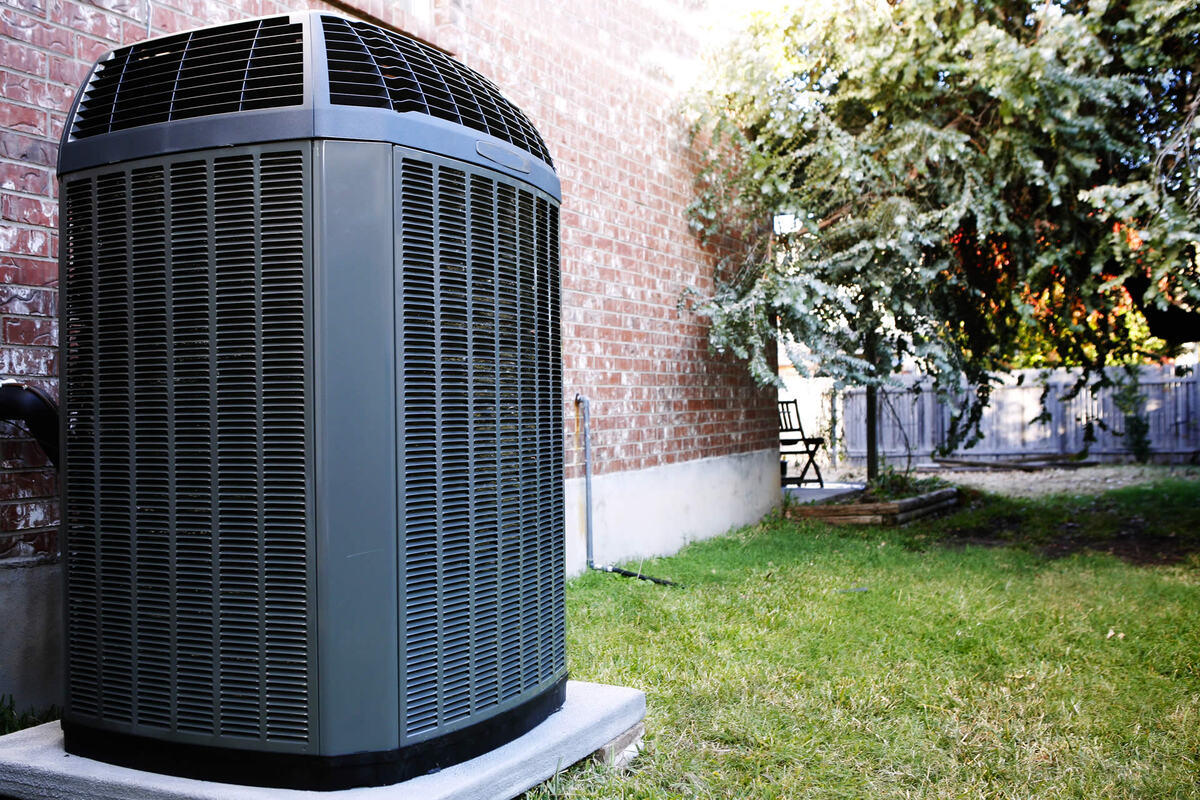

0 thoughts on “How To Add Central Air To Forced Air Heating”